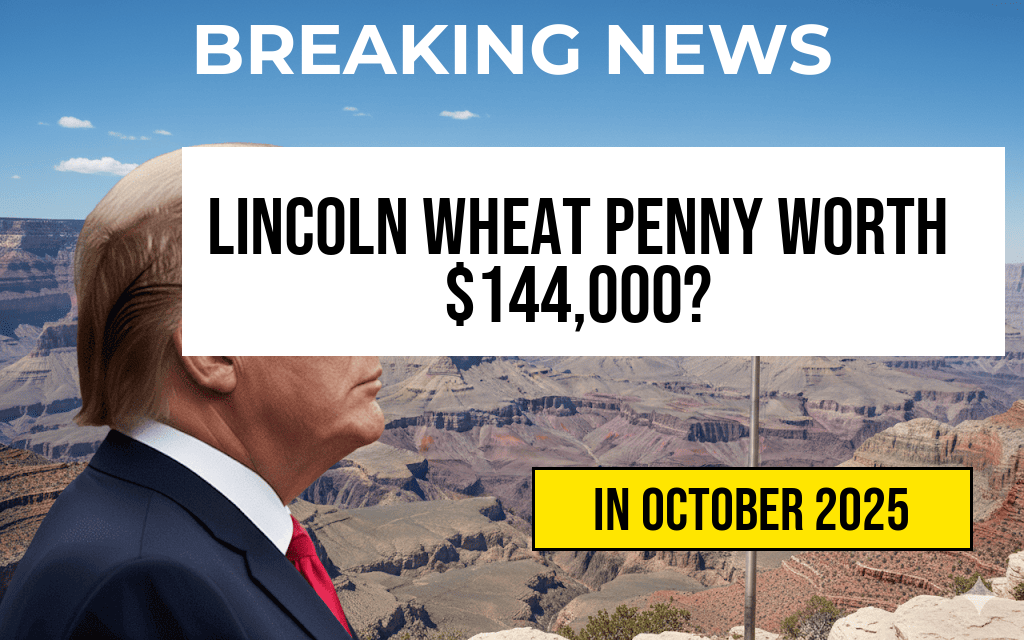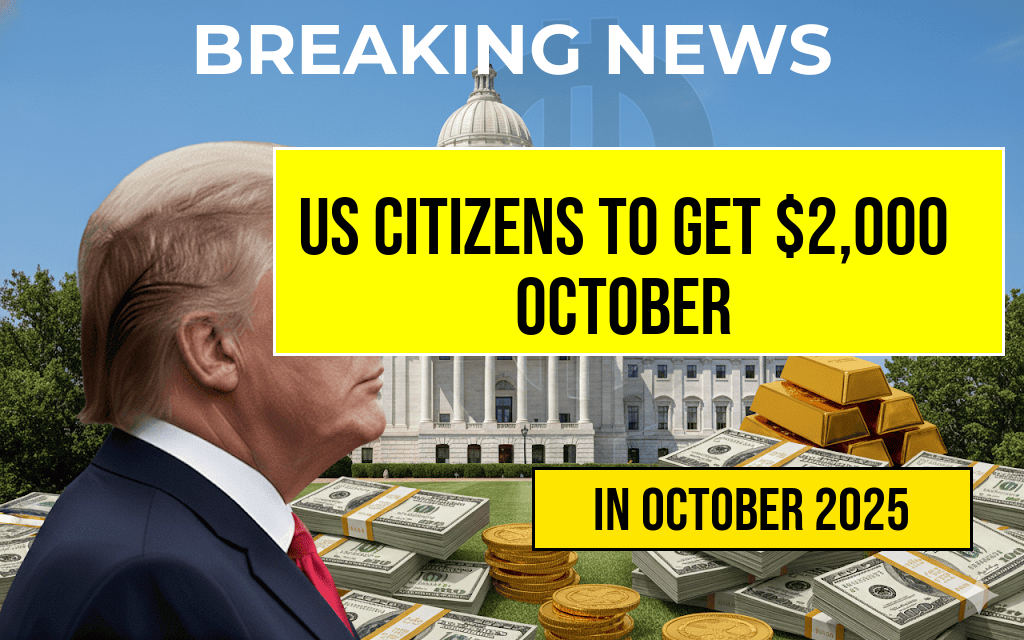A rare Lincoln Wheat Penny, valued at an astonishing $144,000, continues to circulate among everyday coin users, raising questions about its true rarity and potential impact on collectors and the general public alike. The coin, a 1909-S VDB Lincoln Wheat Penny, has garnered significant attention after collectors and numismatics experts confirmed its high valuation. Despite the hefty price tag, reports suggest that some of these coins are still found in everyday transactions, which adds an intriguing layer to the ongoing debate about coin rarity and circulation. This discrepancy between the coin’s high collectible value and its apparent presence in commerce prompts questions about how such rare coins remain in public hands and what factors contribute to their valuation.
Understanding the Lincoln Wheat Penny and Its Rarity
The 1909-S VDB Lincoln Wheat Penny: A Numismatic Treasure
The 1909-S VDB Lincoln Wheat Penny was minted at the San Francisco Mint and features the initials of its designer, Victor D. Brenner, prominently on the reverse. Only approximately 484,000 of these coins were produced, making it one of the rarest Lincoln pennies. The coin’s scarcity, combined with its historical significance as the first Lincoln cent produced, has made it highly sought after among collectors.
Factors Contributing to Its High Valuation
- Limited mintage: With less than half a million coins minted, the 1909-S VDB stands out among Lincoln Wheat Pennies for its low production volume.
- Historical significance: As the inaugural Lincoln penny, it holds a special place in U.S. numismatic history.
- Condition and rarity: Coins in pristine condition or with minimal wear fetch higher prices, with some specimens graded MS-67 by professional grading services reaching the $144,000 mark.
Is the Coin Still in Circulation?
Emerging Evidence and Collector Reports
Despite its high collectible value, reports indicate that some 1909-S VDB pennies continue to be found in circulation. While the majority of these coins reside in private collections or are stored in coin albums, occasional sightings in everyday transactions have been documented by collectors and coin dealers. Several auctions and classified listings have featured circulated examples, suggesting that not all specimens are preserved solely as investments.
How Can a Coin of Such Rarity Still Be in Circulation?
It is not uncommon for rare coins to remain in circulation, especially those issued during the early 20th century. Some factors that explain this phenomenon include:
- Mass circulation: Over a century, some coins naturally change hands multiple times, gradually dispersing into the public domain.
- Unintentional retention: Many individuals unknowingly keep these coins, often because they are unaware of their value or simply overlook their rarity.
- Coin wear and damage: Circulated coins tend to lose their collectible appeal, but some still retain enough detail to be valued highly.
Implications for Collectors and the Public
Value Preservation and Market Dynamics
The ongoing circulation of the 1909-S VDB Lincoln Wheat Penny presents an interesting dynamic. On one hand, it means that the coin’s value remains accessible to everyday users, potentially allowing for more widespread recognition of its rarity. On the other hand, the continued circulation might impact the coin’s overall condition and, consequently, its value among serious collectors.
Benefits of Awareness
- Educational opportunities: Identifying and understanding the rarity of such coins can foster greater interest in numismatics among the general public.
- Potential for acquisition: Average coin enthusiasts might stumble upon one in their pocket change, turning an ordinary day into a valuable discovery.
- Market stability: The presence of these coins in circulation helps maintain a steady market for rare coins, balancing supply and demand.
Where to Find Reliable Information
For those interested in verifying the rarity or value of specific coins, reputable sources include the Wikipedia page on U.S. cents and professional numismatic organizations. Auction results and grading reports from companies like PCGS and NGC can also provide insights into the current market status of these coins.
Summary Table of Key Facts
| Feature | Details |
|---|---|
| Minting Location | San Francisco Mint |
| Estimated Mintage | Approximately 484,000 |
| Typical Value (Uncirculated) | $20,000–$144,000+ |
| Circulation Status | Some coins still in circulation or found in circulation |
Frequently Asked Questions
What is the significance of the Lincoln Wheat Penny in coin collecting?
The Lincoln Wheat Penny is a historic coin minted from 1909 to 1958, making it a popular item among numismatists. Its rare and valuable specimens can fetch high prices, especially if they have unique features or errors.
Why is a Lincoln Wheat Penny valued at $144,000 still found in circulation?
Such a high valuation typically applies to rare and error coins, which are sometimes discovered unexpectedly in circulation. This highlights the importance of proper coin inspection and appreciation for collectible coins.
Are Lincoln Wheat Pennies still valuable if they are in circulation?
Most Lincoln Wheat Pennies in circulation are only worth their face value of one cent. However, certain rare or error coins can be worth significantly more, sometimes thousands of dollars.
How can I determine if my Lincoln Wheat Penny is valuable?
To assess the value of your Lincoln Wheat Penny, look for distinctive features such as date and mint mark, errors like double dies, and damage or wear. Consulting a professional coin appraiser or referencing coin value guides can provide more accurate estimates.
What steps should I take if I find a rare Lincoln Wheat Penny?
If you discover a rare or potentially valuable Lincoln Wheat Penny, store it carefully, avoid cleaning it, and consider getting it appraised by a certified coin dealer. Proper documentation and certification can help maximize its value.





